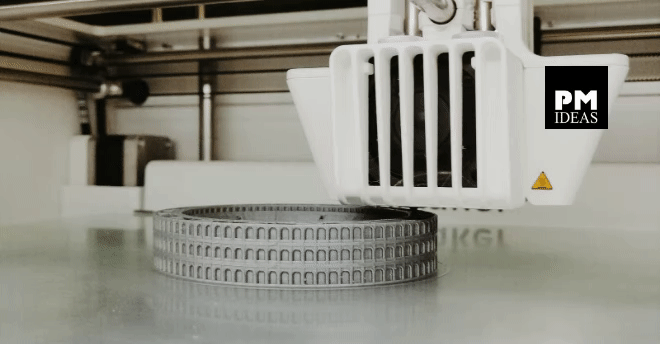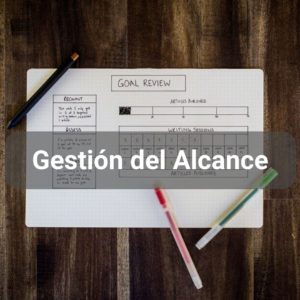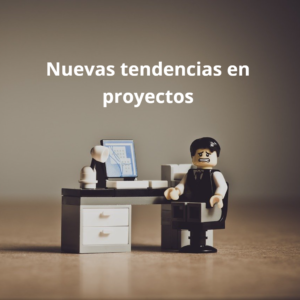Shane Drumm
https://projectmanagers.net/wp-content/uploads/2024/03/Interpersonal-Skills-for-Project.png

Agile collaboration games are designed to encourage engagement in group agile activities such as estimating sprint work. We use planning poker. Agile collaboration is about working in increments towards a shared goal. Agile collaboration games are about working together as a team, and facilitators use various games like the one below to build relationships.
As teams have started moving virtual over the past, Atlassian has created an epic virtual team-building activities list worth checking out.
Our Recommended Team Collaborative Games
Broken Skype
Purpose: Communication Collaboration
Time: 20 minutes
Team Size: 8-50 people
How: The group can’t talk; they only use hand signals. The group stands in a row, passing from back to front a simple hand sign to one another. Repeat, but pass a complex sign. Next, everyone forms a circle and passes a complex hand sign to the left, and only one person goes at a time and can correct it based on what they see.
Result: After the exercise, ask the team which communication was the best.
Crazy Chat
Purpose: Respect Listening
Time: 5 minutes
Team Size: 2-100 people
How: The group is paired, and one person gets one minute to stand up and speak about something they are passionate about. The other person is to stay seated and act uninterested. Then, the pair switches.
Result: After asking each individual what it felt like to ignore someone and what it felt like not to be listened to.
Collaborative Origami
Purpose: Communication Collaboration
Time: 20 minutes
Team Size: 5-50 people
How: The group forms pairs and is given a sheet and instructions to create origami. In round 1, they sit back to back and try to complete origami, with one instructing and one folding. In round 2, they sit face to face and try to complete origami, The folder can’t see instructions, though. In round 3, they sit side by side. Both can see instructions and what is happening.
Result: Great for distributed games as it helps the team understand the limitations of different types of communications.
Listening Game
Purpose: Listening Collaboration
Time: 5 minutes
Team Size: 6-20 people
How: Group stands randomly located in a room, ideally facing opposite directions. The aim is to recite the alphabet letter by letter. If two people speak at the same time, they must start over. Round 2 tell people to pause before they say anything, the round will progress slower but will get a lot further than the first round.
Result: After asking how people felt during the rounds, ask if anyone didn’t contribute in round two and how their doing nothing contributed to the overall goal.
Movers & Shapers
Purpose: Respect Collaboration
Time: 10 minutes
Team Size: 10-100 people
How: The Group is told they are to pretend to be a victim and need to silently seek out 2 other people, an attacker and a shield. They must position themselves between the shield and the attacker. They should do this for 2-3 minutes. Next, they are told to pretend to be a shield and need to silently seek out an attacker and victim and position themselves between them. They should do this for 2-3 minutes. Finally, they are told to pretend to be an equilateral triangle and keep moving until it’s perfect. They should do this for 2-3 minutes.
Result: Ask what differences they saw between each round. In the first round, when they are victims, they should end up moving further and further apart. In round two, when they are shields, people should end up converging. In round three, when they are equal, they should come to equilibrium very quickly.
Magic Stick
Purpose: Communication Collaboration
Time: 5 minutes
Team Size: 4-10 people
How: Group stands in two rows and puts a stick between them on their index fingers. They aim to lower the stick to the ground.
Result: Get the team to realize it is much easier to achieve a goal when working together.
Human Knot
Purpose: Self-Organization
Time: 15 minutes
Team Size: 8-100 people
How: The group forms two rows, and there is one designated manager. First, the row should join the left hand with the back rows’ right hand. Then, use the spare hand to join with the neighbor person and, at the end of the rows, create a human knot to the person in front of them. The manager instructs the team how to untangle themselves, and they can only follow their instructions.
Result: Usually, the group succeeds in a very short period of time and forms a circle of joined hands.
123 go
Purpose: Communication
Time: 5 minutes
Team Size: 3-100 people
How: Tell the group you will count to 123 and say, “Go.” When you say go, they should clap. Do it once quickly. Second-time pause, and people will say “go” too early. Repeat 2-3 times.
Result: This demonstrates that people have hard-wired responses; instead, people should take their time and think about their responses.
Columbian Hypnotist
Purpose: Respect Collaboration
Time: 5 minutes
Team Size: 2-100 people
How: The group is paired together, and one person is chosen to go first. They stand across from each other, and the chosen one will move, and the second person is to copy for 30 seconds. Then, switch roles for another 30 seconds. Finally, ask to instruct instead of copying one another.
Result: Ask the team which they preferred and how they felt. It helps team members build up trust and start moving.
Non-Musical Chairs
Purpose: Self-Organization Trust
Time: 10 minutes
Team Size: 5-100 people
How: 1 person is to be the chairperson, and there is to be 1 chair for every team member and one spare. The group is to prevent the chairperson from sitting on a chair without touching the chairperson, not moving the chairs, and if you stand, you must move and sit on a different chair. Give the team 1 minute to plan a strategy. Everyone is to move in a circle around the chairs. Tell the chairperson to move steadily, but they can change direction at any time. Repeat for 3 rounds or until the team finds a strategy to prevent sitting on a chair for several minutes.
Result: Helps team understand the importance of inspecting and adapting.
Purpose: Collaboration
Time: 15 minutes
Yes and
Team Size: 8-20 people
How: Each person has to start a phrase with “Yes, but”. You begin the story, and the next
Fuente: PMideas (12 Agile Collaboration Games for Team Building).































